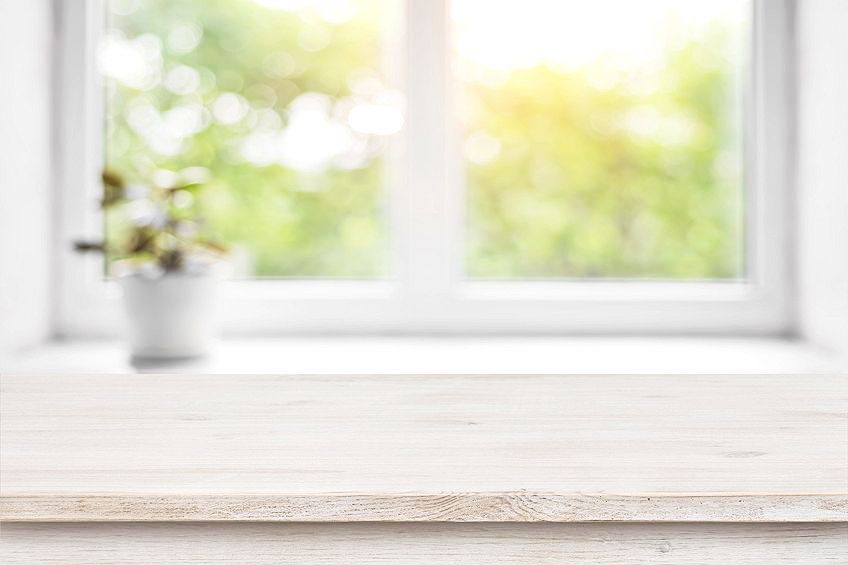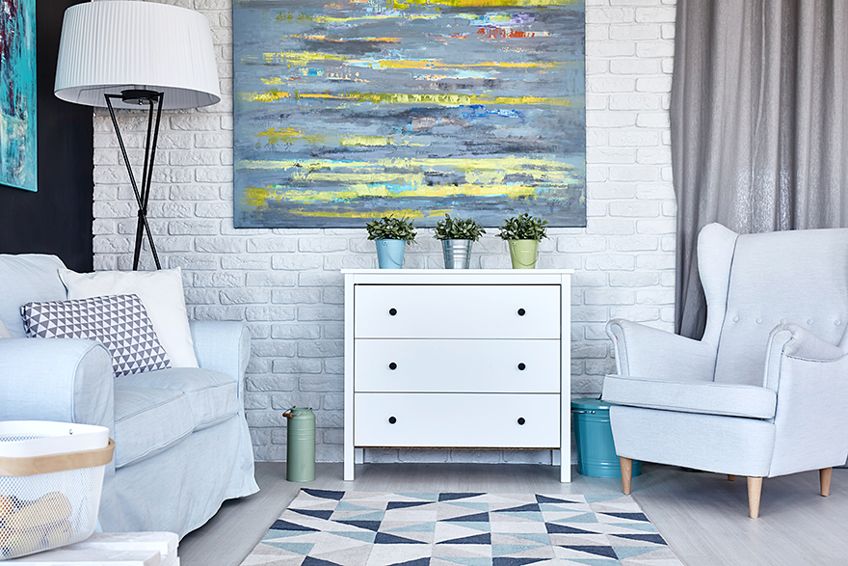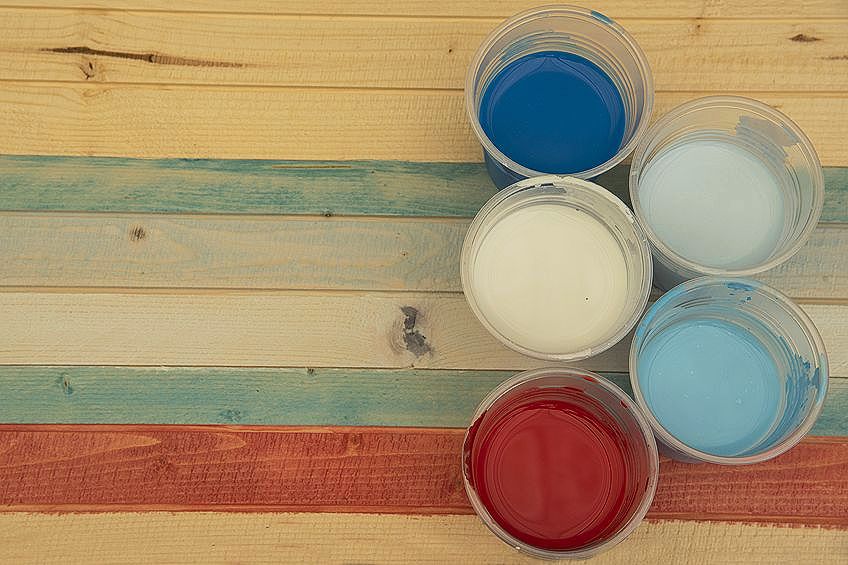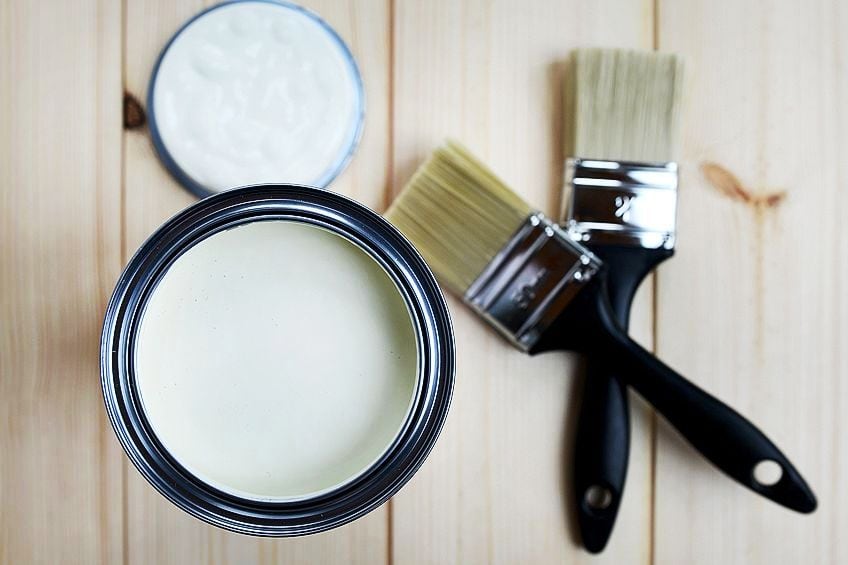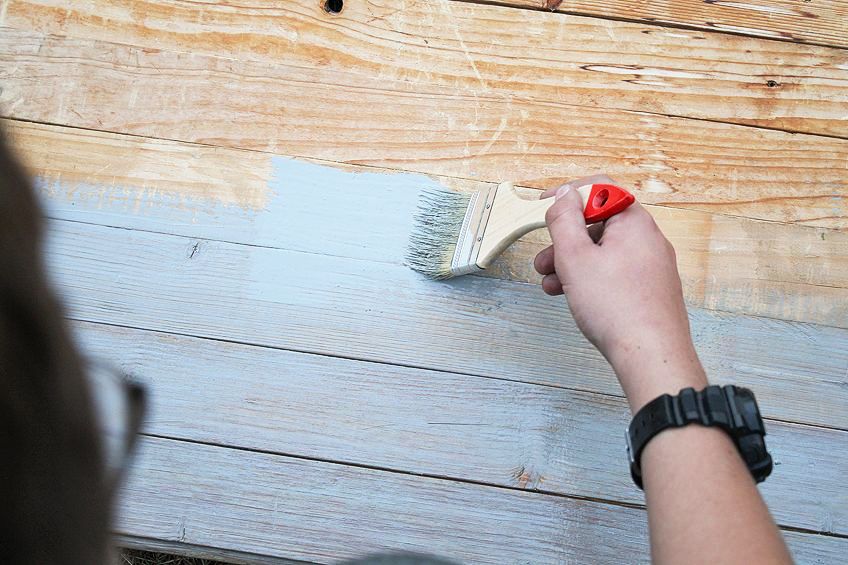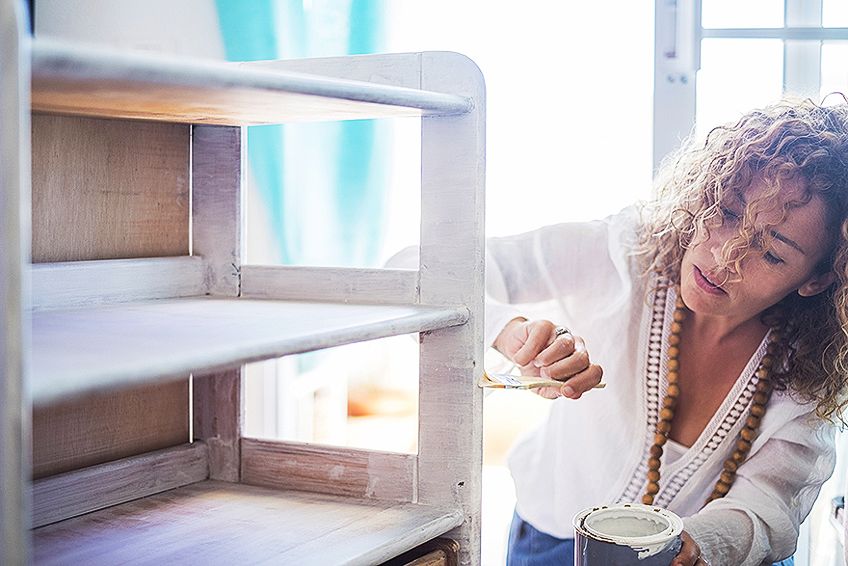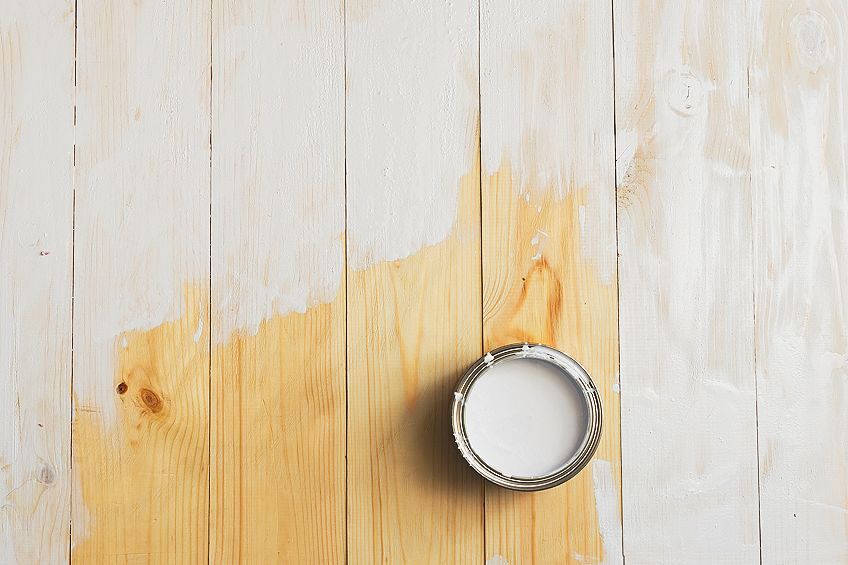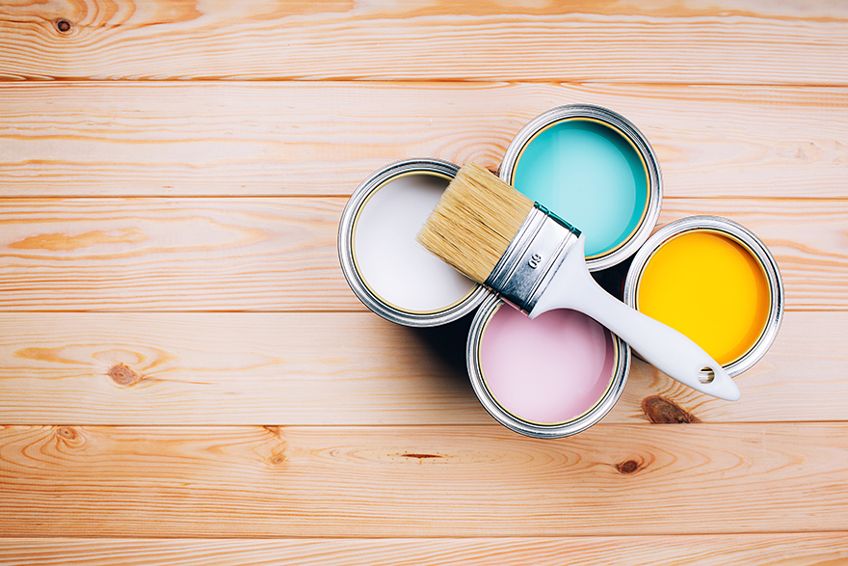How to Whitewash Wood – Recommended White Wash Techniques
This post may contain affiliate links. We may earn a small commission from purchases made through them, at no additional cost to you. You help to support resin-expert.com
Think of the images that tend to come to mind when you hear the term white-washed wood. Perhaps it’s a quaint beach house or an old farm-style property. White-washing wood furniture creates an aged and weathered yet ultimately clean look and feel. White-wash showcases the properties of the wood and enhances the texture that will go with almost anything. White-wash techniques are mostly applied to inside furniture and can suit almost any room and decor style; however, there are also options to include white-wash on your outside furniture. Learning how to white-wash wood is a simple and effective project once you have a little know-how.
Table of Contents
What Exactly Is White-washed Wood?
Whitewash paint itself is non-toxic and odorless unlike many other types of furniture paint. There are various methods of how to whitewash wood, including using whitewash paint or traditional techniques. The traditional method makes use of limestone in a powder form which you would then need to combine with water.
Ensure that you get the correct type of lime for this method to be effective.
Adding salt creates a brighter white wash effect. This method is very simple, inexpensive and without any risk to the environment or to you. It is best used on furniture such as chests of drawers or items that will not need to be as durable as pieces like chairs and tables. This method really highlights the unique grain of the wood underneath whilst still giving it a protective seal. Whilst working with powdered lime, you may consider wearing a protective mask as well as eye protection as breathing in the powder is not advisable. When the water is added it is far less dangerous.
There is also the less traditional method of how to white wash wood, for this you would apply a whitewash paint. This paint is safe, easy to use, and clean as it is water-based instead of oil. You can paint this straight onto your projects, producing a modern look with white in the color but still enhancing and showcasing the wood grain.
You would begin by combining equal parts of paint and water to thin down the paint. You can then use various application methods from there. This very simple method with whitewash paint is meant to mimic the aforementioned lime method.
You can then use your imagination and different size brushes to apply the paint and make it appear like authentic white-wash.
Why Should You White Wash Wood?
Before we get into white wash techniques, you may want to know a few reasons why you should white wash furniture in the first place. You may ask why do a whitewashed wood wall? There are many reasons why you may decide to white wash your wood.
White washed wood is a fantastic way to freshen up any old furniture. You can create a really lovely and light appearance in your home by white washing wooden furniture and other fittings. If your dream home is similar to a farmhouse or beach house, white-washed wood is a fantastic method for creating these effects.
If you have any pieces of furniture that are looking a little old, you can use a coat of white wash paint to spruce up your home. Whitewash stain can make your furnishings look clean and bright, whilst retaining some texture. Whitewash paint is eco-friendly, which is another benefit.
There are multiple reasons to try your hand at whitewashing wood. Above all, you will really enjoy working on your projects and it is a simple and inexpensive way to give your furniture and home a brand new, fresh look.
How to Whitewash Wood – Techniques
The time has come to learn how to whitewash furniture and some white wash techniques. As we have already covered, there are two main methods to use for white washed wood. You can either use the paint method or the more traditional option.
We will have a look at the traditional way to start us off.
The Traditional White Washing Method
To make this type of white wash, a few items will be required. This is a non-toxic, safe, and environmentally friendly stain. This white wash gives a brilliant white finish, however, it can easily come off so is best applied to items that you will not use a lot.
Equipment:
- A paintbrush or a roller
- Two cups of fine salt
- Around 6-8 cups of hydrated building lime
- Sandpaper
- A gallon of warm water
- A face mask, protective eyewear, and gloves
- A bucket for mixing
Begin by gently sanding your wooden surface to clean it and bring up the fibers of the wood. If the wood is at all coated in a varnish or type of stain this will need to be sanded away. Once this is done clean the wood thoroughly. Step two is to mix your whitewash. Mix the salt into your water in the bucket until it dissolves.
Next, you can stir in the lime. The wash will not be as thick as paint but you can leave it to thicken as well. Then you can apply the wash to the item with a paintbrush or roller. This process involves layering the wash and allowing it to dry between coats. This usually takes around an hour and will start to develop a sort of chalk dust.
You would usually apply up to three layers; the more you apply the whiter the color will appear.
How to Whitewash Furniture With Paint
You are able to mimic the more traditional method by watering down water-based, matte ready-to-use paint simply by adding water. The finished product using the paint method will not produce the chalk-like powder; you will need to use other ways to produce this effect. There are a few different ways that you can try to enhance the appearance of the wood grain to look like traditional white washed wood.
Method One: Using Water-Based Paint and Water
This is an easy way to produce a partly transparent finish that accentuates the grain of the wood. This is best for clean, untreated wood surfaces. This means that any finishes, like varnish, will need to be sanded off first. If this is a large job an electric sander can be used.
Equipment:
- A Paintbrush
- A bucket
- Sandpaper
- A water-based sealer
- Whitewash paint
- Water
- An old cloth
- A brush
Start by cleaning and sanding the wood. Once it is clean then you can start to paint. A brown wash or stain will help to enhance the grain in the wood at this stage. If the wood is dark it will stand out nicely under the white coats of paint. Allow the brown to dry properly before beginning with the white wash. Water down your paint in the ratio of one to one and test a little of the mixture on a small area of wood, you should be able to see the wood underneath.
You can always mix in more water to improve transparency. This paint dries fast so brush on a small section at a time in the same direction as the wood grain. You may want to try to use a cloth to wipe away extra paint to give the wood a more weathered appearance. Do not wait too long to wipe off extra paint as it will dry quickly onto the surface. Allow this layer to dry properly and then repeat the painting process until you achieve the appearance that you want.
The more coats you add the whiter your product will appear. Up to three coats brings out the best in the wood grain. When you are satisfied you can seal the wood with a sealant or a wax specifically for furniture.
Method Two: Using Whitewash Paint with Wax
Wax can also be used in your whitewash process. Simply put wax onto the wood prior to painting it. The paint will not stick onto the wood surface where you place the wax.
Equipment:
- An old cloth
- Sandpaper
- A white candle or petroleum jelly
- Latex paint in white
Start by gently sanding the piece before you begin. Next, rub the wax onto areas of the project, this application does not need to be perfect and will appear more natural if it is haphazard. Paint your wood along with the natural direction of the wood grain over the wax. Should this process be used for a larger project, like a whitewashed wood wall it may take longer to complete. For small projects, you can spray paint them to make the process faster.
With a cloth, wipe down the places where you have placed the wax and this will remove any extra paint.
Method Three: Dragging Whitewash Paint
An easy to apply option is to drag the paint. This is effective on repurposed wood. The surface will not require prior sanding given that this is a very rough whitewashing method. Just clean the wood first with a damp rag and let it dry before you start your project.
Requirements:
- A craft knife or scraping tool.
- Wood on which to paint
- White paint
Begin by diluting your paint with water, although the paint can be used undiluted as well. Drop the paint all over the surface and using a scraping tool you can drag the paint over the wood. This is one of the easiest and less precise methods of whitewashing wooden furniture.
You can add further layers for a whiter effect, be sure to allow each coat to dry for about 12 hours.
Tips on Whitewashing Wood
Whitewashing wood is fairly simple, however, there are always fewer extra tips to learn. Below we have covered a few extra tricks to get you on your way to creating vintage-looking, stunning projects. Here are some tips to help you create beautifully whitewashed furniture:
- A sealer will protect your finished product after painting.
- Before whitewashing, be sure to sand off any paint or varnish residue from your item before whitewashing, otherwise, the white wash will not stick.
- Be sure to clean your wood of any dust particles or dirt with a damp cloth and soap.
- To showcase the grain of the wood, a useful tip is to first stain the surface of the wood.
- Soft varieties of wood absorb the white wash slightly better than harder wood. Pine is a good product to use.
- You can use any color of water-based paint, not just white
- To make the whitewash look more rustic or weathered, you can sand it gently after painting.
- To figure out what consistency of paint you need, test your paint on a small area of the surface before you begin.
- Wipe off extra paint in the direction of the wood grain as this is visible in the finished product.
- If you want the grain to show through the whitewash, keep your paint quite thin.
- The paint dries quickly so only paint a small area at a time so that extra paint can be removed before it dries.
Whitewashing wood is a wonderful way to add a fresh look to old furniture or wooden surfaces. Whitewashing is also very easy for you to do yourself, and you can find many fantastic products on the market to make your life easier!
Frequently Asked Questions
How Do I Make Whitewash Paint?
Dilute a water-based paint with equal parts of water to paint. Make sure it is the correct consistency by testing a small area of wood first.
Can You Use any Color as a White wash?
Traditionally white wash would be white; however, you certainly can use other colors for a vintage look.
Can You White Wash Stained Wood?
You can absolutely white wash both stained and raw wooden surfaces. You will however need to sand and remove varnish or paint.
How Long Will My White Wash Last For?
If you apply the paint properly, your surfaces can last a long time, over twenty years. A sealer will also help to preserve the surface area.


